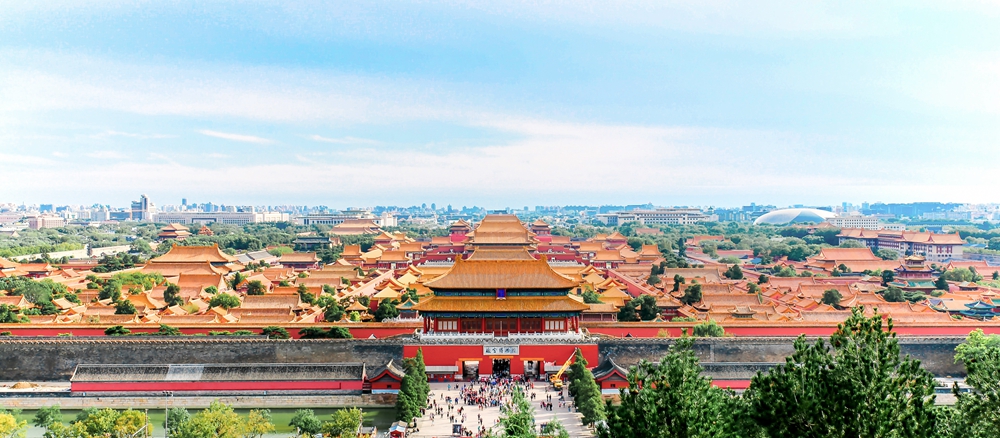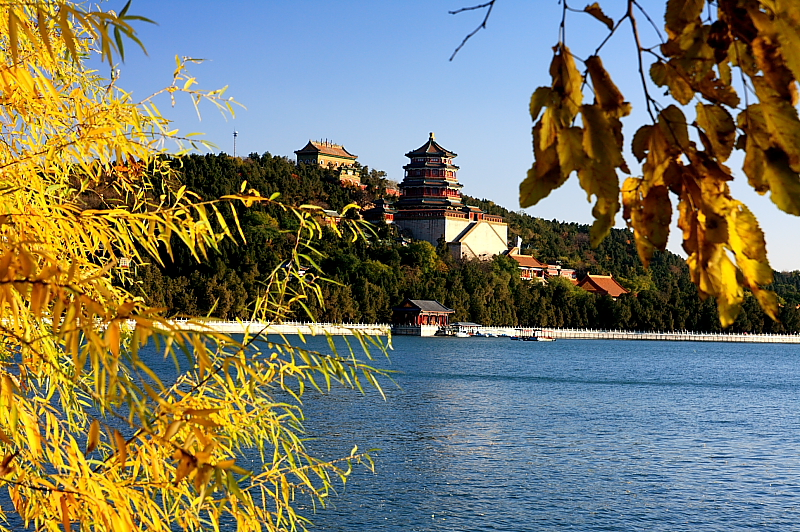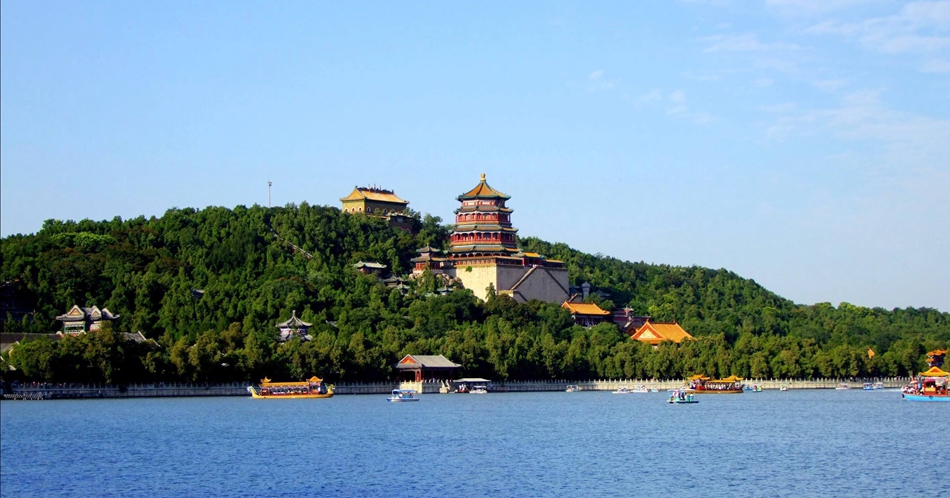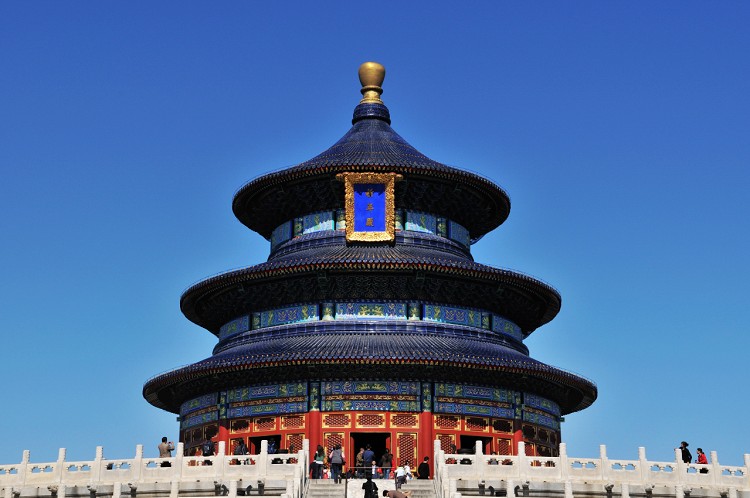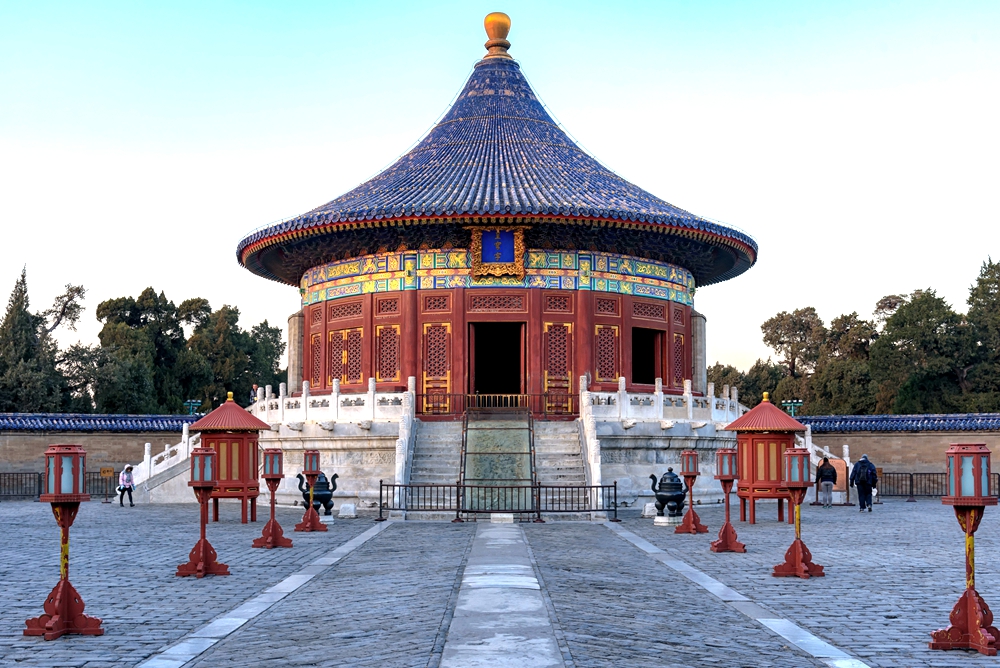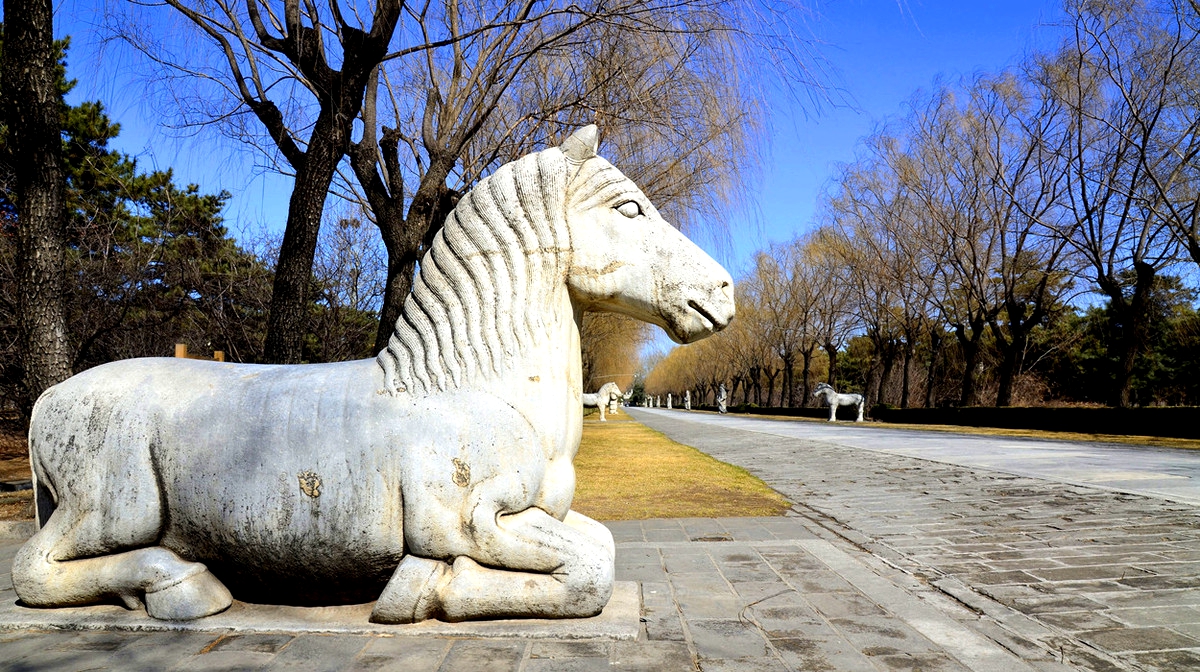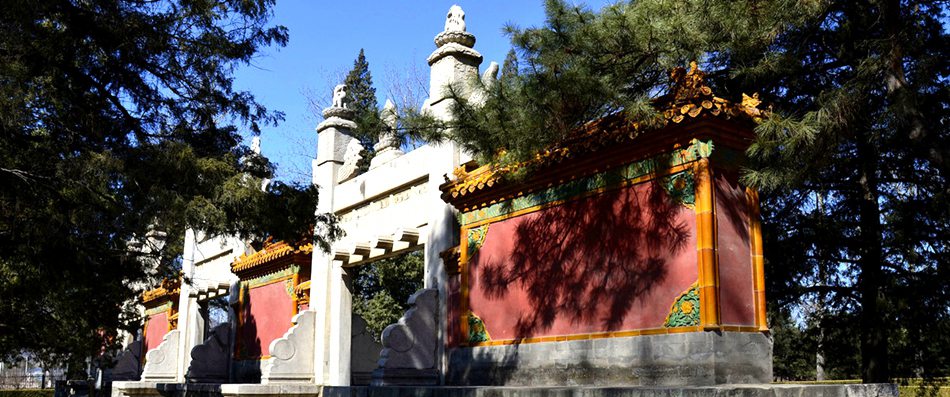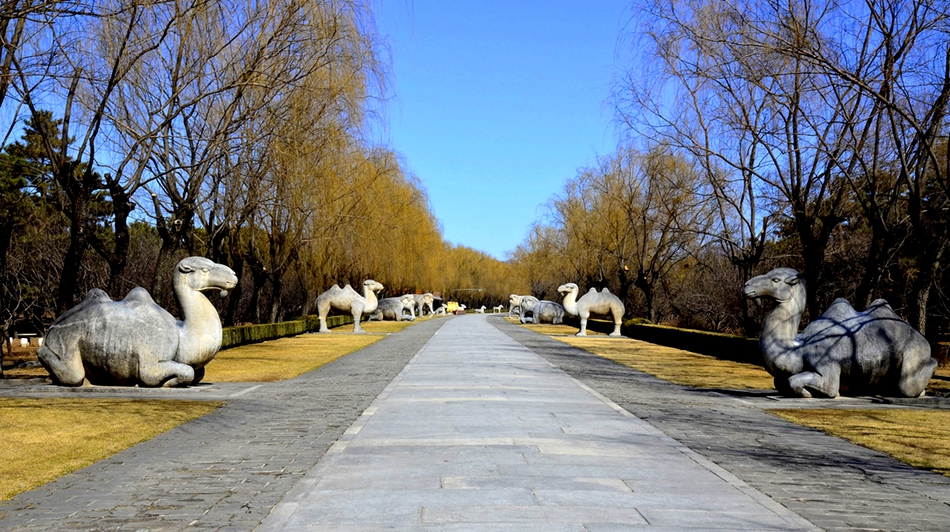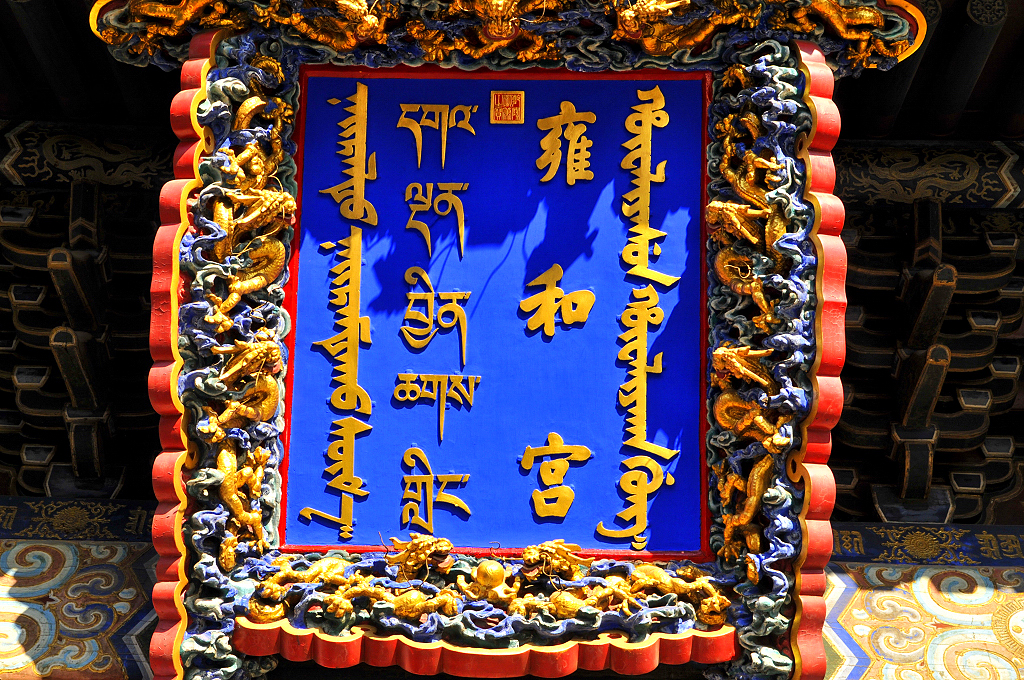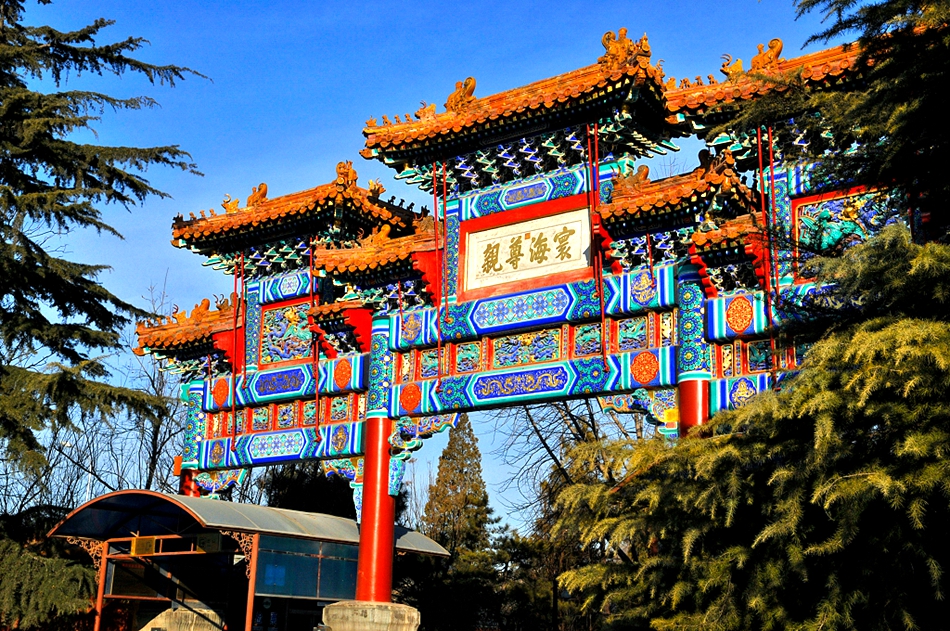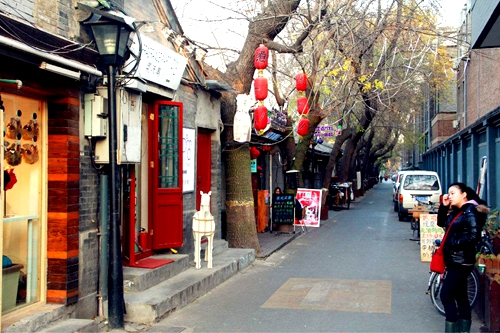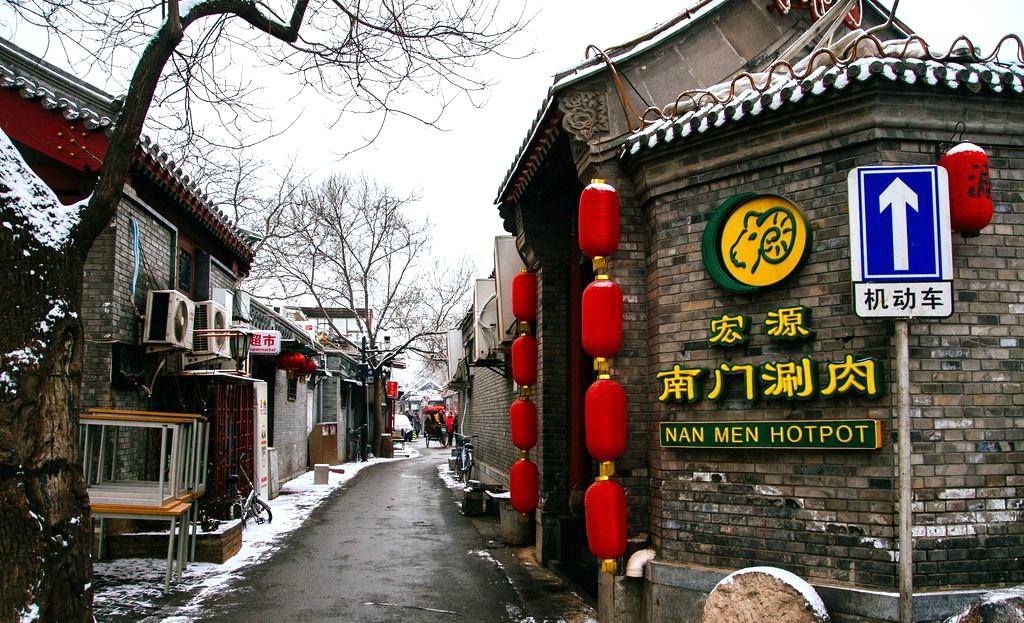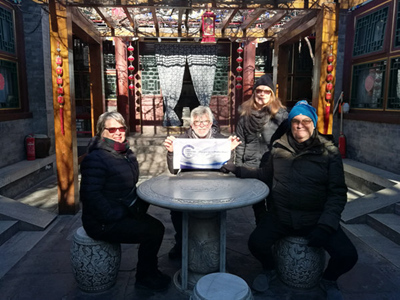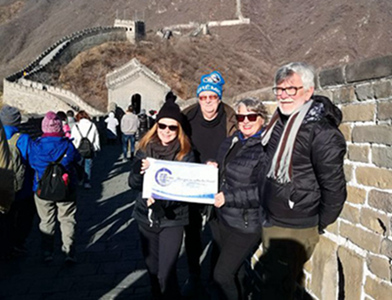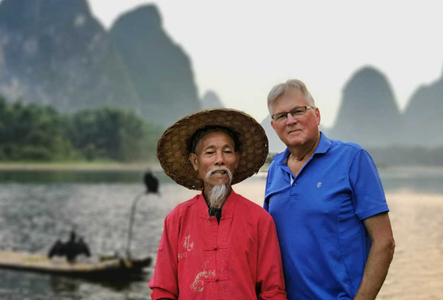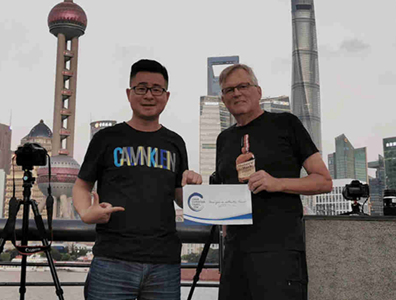Highlights
As one of the Four Great Ancient Civilizations, China has long history and profound culture. This tour brings you to experience ancient culture, construction and customs around Shanghai. Besides, Beijing is also included. Our tour begins in the largest city of China-Shanghai, which will amaze you by its modern atmosphere and traditional culture and art. One day tour to the beautiful water village and graceful ancient town near Shanghai will leave you a deep impression. The Hongcun Village shows you well-preserved ancient buildings and natural sceneries, just indulge yourself in this "village in the Chinese painting". Also we can't miss the ancient county of Wuyuan-the most beautiful village in China. The unique-built houses remain almost unchanged over the last century. Jingdezhen, as "The Chinaware Capital" is also a famous ancient town in China. The last destination is Beijing, to climb the magnificent ancient construction of the Great Wall, get a brief impression of this attractive big capital.
Itinerary
After you arrive in Shanghai, our guide will meet you at the airport and transfer you to the hotel.
Stay overnight in Shanghai.
Meals included: Breakfast , Lunch
Today we will go to [Yuyuan Garden], a place where demonstrates perfectly the sophisticated art of combining several different elements to create a world in miniature- - ingeniously mingling pavilions and corridors, small hills and carefully selected and well-placed rocks, lotus ponds, bridges, winding paths, and trees and shrubs. Then we will also go to [Jade Buddha Temple], an elegant structure famous for its Buddha statue which is carved of a complete piece of solid white jade and decorated by jewels. You will have your lunch in a characteristic Shanghai restaurant.
Afterwards, we will go to visit [Outer Bund] where you will have a grand view of Shanghai both in traditional and modern perspectives. You can enjoy a walk on the [Nanjing Road], the most prosperous commercial street. There are lots of world famous brands setting along the street and enjoy a good time in shopping.
Stay overnight in Shanghai.
Meals included: Breakfast , Lunch
This morning we will drive to [Zhujiajiao Ancient Town], a bazaar in Song and Yuan Dynasties. Zhujiajiao is blessed with a charming landscape similar to that of Venice, Italy. Beautiful, free-flowing rivers run randomly throughout the town, accompanied by the long streets. Lots of old stone bridges crisscross the picturesque rivers. Ancient houses in the style of the Ming and Qing (1644 - 1911) Dynasties stand along the banks of the rivers. You will greatly appreciate the most natural elements of this town as well as its friendly inhabitants.
After lunch, we will drive to Pudong New Area to see [Jinmao Tower].The tower located in the center of Lujiazui Finance and Trade Districts in Pudong is the fourth tallest building of the world and the second tallest building in China. The 88-stories Jin Mao Tower was completed in 1999. It is 420.5 meters (almost 1380 feet) tall and covers an area of 2.3 hectares (5.68 acres). In the evening, we will watch [Acrobatic Show].
Stay overnight in Shanghai.
Meals included: Breakfast , Lunch
This morning is on your own to relax. After lunch we will go to the airport for a flight to Huanghshan. Upon your arrival, you will be met and transferred to the hotel in the city. Then we will go to visit the [Tunxi Ancient Street]. It locates in the center of Tunxi district, where the municipality of Huangshan is based in. The stone arch bridge crossing the river which was built in Ming Dynasty. And it starts in the west from Zhenhai Bridge, and ends up in the east with the tablet of memorial archways. It is 1500 meters long and the sides of the street are laid with slab stones. Being well preserved, there are shops row upon row, with buildings simple and elegant. It is a commercial street only for pedestrians, where the building style of Ming and Qing dynasties. The merchants from the Anhui, Zhejiang, Jiangxi, and Fujian provinces join each other in a crowd that resembles the picture “Upper River during Qing Ming Festival”. You can wander along the old bridge, visit the fish beside the river, find out shoots of bamboo on the slope, and stand under a tree listening to the birds whistle. All these will enable you to rest and attain mental tranquility by getting back to the nature.
Stay overnight in Huangshan City.
Meals included: Breakfast , Lunch
Early this morning we will take [cable to visit the Huangshan Mountain] to enjoy the spectacular view along the way to the top. The four wonders features Mt. Huangshan is odd-shaped pines, grotesque rock formation, seas of clouds and crystal-clear hot springs. There is an old saying goes you won't want to visit any other mountains after seeing Wu Yue (the Five Great China Mountains) but you won't wish to see even Wu Yue after returning from Mt. Huangshan. This saying reflects the beauty and uniqueness of Mt. Huangshan. You can explore scenic spots on the mountain and enjoy spectacular view.
Stay overnight at Huangshan Mountain.
Meals included: Breakfast , Lunch
Today we [take cable down the mountain] and drive to [Hongcun Village] that is located at the foot of the southwest side of Mt. Huangshan. There are 158 dwelling houses dating back to the Ming (1368-1644) and Qing (1644-1911) dynasties, nearly 140 of which are still in good shape. Hongcun Village is a unique, buffalo-shaped ancient village in the ancient style. The water system in the village is really an unparalleled construction in this village that fully reflects the construction arts in ancient China. The village has simple but elegant scenery, a fine mixture of old houses, green hills and clear creeks, so it enjoys the name "a village in the Chinese painting". You can spend some time walking along the old paths.
Stay overnight at a local inn in Hongcun Village.
Meals included: Breakfast , Lunch
This morning we can have a leisurely walk in the town, and then we depart for [Wuyuan Ancient County]. It locates in Jiangxi province, and Wuyuan County enjoys the reputation as “the most beautiful village in China”. The unique-built houses remain almost unchanged over the last century. People still keep their traditions and ways of living, which make this county like a paradise that is isolated from the outside world. Walking on stone bridges and watching yellow waves of rape flowers among farmers' cottages, you may feel like in a nice paradise. Wuyuan is also is a place full of cultural atmosphere because it is the home to many famous scholars in China. We pay a visit to [Likeng], a thousand year old village which has been well preserved and the local life there is interesting to discover.
Stay at a local family in Likeng.
Meals included: Breakfast , Lunch
We can enjoy a Chinese breakfast made by local hospitable hostess, and then we depart for [another ancient village]. It takes more than one hour on the bumpy way. Upon arrival, we walk along the stone-path to see the ancient buildings, and to know more about the local life by visiting a local market. Lunch is arranged in a local family, this afternoon we will depart and drive to Jingdezhen-a town famous as "The Chinaware Capital". Upon arrival, you will be met and transferred to the hotel. The rest of the day is your own, we suggest you to pay a visit to the local porcelain market in the center square, where you can have a look of various porcelains and purchase some if you are interested.
Stay overnight in Jingdezhen.
Meals included: Breakfast , Lunch
Jingdezhen has a long history and a magnificent culture. Its white glazed porcelain was known as the "false jade ware" in the Sui and Tang dynasties. In the Ming Dynasty, Jingdezhen became one of the four famous towns in China. As long as 2000 years ago, in the Han Dynasty, some ancient kilns for pottery were built here. We will pay a visit to the [Jingdezhen Ancient Folk Kiln Museum]. There are rich cultural deposit of porcelain from Wudai Dynasty to Ming Dynasty (907-1644 AD), which covers an area of more than 400 thousand square meters (98.8 acres). Jingdezhen is the pilgrimage place of porcelain historiography pursuer, the porcelain industrial arts fans and the tourists all in the world. About 20 locations of the relics of valuable kilns and porcelain factories in the important history periods of Song, Yuan and Ming dynasties are well preserved in the Jingdezhen Ancient Folk Kiln Museum. You can watch different procedures of making porcelain done by professional workers, or you may try yourself to learn to mould a vase. You will have a great time there.
After the visit, we will take our van/car/bus going to Nanchang City (about 3 hour drive), the capital of Jiangxi Province.
Stay overnight in Nanchang.
Meals included: Breakfast , Lunch
After breakfast, we will leave Nanchang to take a flight to Beijing.
Upon arrival, you will be met and transferred to the hotel. You can arrange the rest of time.
Stay overnight in Beijing.
Meals included: Breakfast , Lunch
In the morning, we will have a tour to [Temple of Heaven], which is a complex of buildings, gardens, and pathways; the relationship between Earth and heaven is reflected in organization. Later let’s take a walk on the [Tian'anmen Square] -- one of the largest city squares in the world. It is located on the central axis of old Beijing. In the center of Tian'anmen Square stands the Monument to the People's Heroes. Then we go to the [Forbidden City] -- Imperial palaces for the emperors of the Ming and Qing dynasties. There are 800 ceremonial buildings, 9,999 rooms, and a courtyard that can hold 100,000 people in the city. The best ancient Chinese architectural styles offer an imposing view. Later the day is on your own to explore more about this city.
Stay overnight in Beijing.
Meals included: Breakfast , Lunch
There is a famous saying goes “you are not a true hero unless you climb on the Great Wall.” And today we will drive to the [Jinshanling Great Wall], the less developed and commercial section of the Wall. Jinshanling Great Wall is one of the best preserved parts and the longest sections of the Great Wall with many original hiking features. Even though that it is somewhat dangerous to climb, the splendid views will make your trip a worthy one. People say that a visit to Beijing isn't complete without trying the crispy and tasty Peking duck dinner, so we highly recommend a featured dinner for you at one famous restaurant.
Stay overnight in Beijing.
Meals included: Breakfast , Lunch
This morning, let’s go to visit the [Summer Palace] -- one of China's architectural masterpieces. The beauty of the Summer Palace is delicate. The pavilion, kiosks, terraces, bridges, dikes, corridors are delicately crafted and placed, and it well displays the thousand-year old Chinese landscape gardening. Chinese profound philosophical and aesthetic traditions are well represented in this scenic spot. The rest of the day is on your own to relax or visit Beijing by yourself.
Stay overnight in Beijing.
Meals included: Breakfast , Lunch
You can enjoy your own time until you are ready to be transferred to the airport for an onward flight to your next destination or a flight flying back home.
Meals included: Breakfast
Pricing & Accommodation
-
 US Dollar
US Dollar -
 Euro
Euro -
 GB Pound
GB Pound -
 CA Dollar
CA Dollar -
 AU Dollar
AU Dollar -
 HK Dollars
HK Dollars -
 Renminbi
Renminbi
| 1 person | 2-5 persons | 6-9 persons | ≥10 persons | Single Room Supplement | |
| First Class Tour | $4495 | $2816 | $2400 | $1902 | $990 |
| Comfortable Tour | $3590 | $2259 | $1836 | $1488 | $570 |
| Standard Tour | $2957 | $1903 | $1555 | $1136 | $360 |
* Price in every box above is for each person.
* The default currency is in US dollar. Please use the Currency Converter to see the equivalent quote in your currency. Price is for references only, it may vary according to your actual travel itinerary, travel time, hotel price rise or fall, US dollar exchange rate fluctuation, car fuel price change and government tax adjustment, etc..
* The price is only for your reference and it is subject to seasons, high or low.Please send us your inquiry if you are interested.
* The differences between First Class Tour, Comfortable Tour and Standard Tour are mainly reflected in the hotels we use. For First Class Tour, we use mostly 5 star hotels (or hotels corresponded to 5 star ones), 4 star hotels for Comfortable Tour and 3 star hotels for Standard Tour. But there’re exceptions when there come home stay experience, remote destinations and other specified circumstances in the itinerary.
Inclusions / Exclusions
Inclusions:
- Attraction Entrance Fees
- Centrally Located Hotels
- Authentic Chinese Food
- Private Experienced Guides
- Private Cars/Van with Drivers
- Internal Flights/Train(s) in China
- Luggage Transfers
- Airport Taxes and Fuel Fees
- Service Charge & Government Taxes
- Travel Insurance
Exclusions:
- International Airfare to Enter/Leave China
- China Entry Visa Fees
- Excess Baggage Charges
- Personal Expenses
- Single Room Supplement
- Tips or Gifts to Guides/Drivers/Bellmen
Important Information
How to Pack up
We suggest that each person packs up one rollable suitcase with the weight under 20 kg/44lb. You will also need a day pack/bag to carry water, cameras and other electronics like iPods and mobile phones.
Checklist
It's only for reference and you may not need all of them. Choose from below according to the tour you pick up:
Passport (with photocopies)
Travel insurance (with photocopies)
Airline tickets (with photocopies)
USD cash and travelers checks
Credit or debit card (see personal spending money)
ChinaExpeditionTours vouchers and trip dossier
Any entry visas or vaccination certificates required
Day pack for daily personal items
Wet wipes / Moist towelettes
Alarm clock
Flashlight
Sun hat, Sun block, Sunglasses
Insect Repellent
Water bottle and Plastic mug for train journeys
Ear plugs for train journeys or light sleepers
Small towel and swim wear
Toiletries (biodegradable)
Sturdy walking shoes/Sport sandals
Money belt
Shorts for summer months (June – September)
Long pants
Shirts/T-shirts
Warm clothes for Nov-April. Fleece, Jacket, hat and gloves
Umbrella or waterproof jacket.
Cover for backpack or plastic bags to keep clothes dry.
Camera, film and memory chip
Reading/writing material
Binoculars
Pocketknife
First-aid kit (should contain lip salve, Aspirin, Band Aids, anti-histamine, Imodium or similar tablets for mild cases of diarrhea, re-hydration powder, extra prescription drugs you may be taking).
Local Dress
Generally speaking, the dress standard is more conservative in China than it is in western countries. Things also changes quickly, nowadays the young Chinese share the same hobbies with their western counterparts. When packing try to pick loose, lightweight, long clothing that will keep you cool in the usually hot and humid climate of summers. In predominately Buddhist and Muslim regions we ask that you dress respectfully and avoid very short shorts/skirts and singlets/tanktops when visiting temples or mosques or other holy sites.
Spending Money
Every traveler is different and therefore spending money requirements will vary. Some travelers may drink more than others while other travelers like to purchase more souvenirs than most. Please consider your own spending habits when it comes to allowing for drinks, shopping and tipping. Please also remember the following specific recommendations when planning your trip.
Money Exchange
As currency exchange rates in Asia fluctuate often we ask that you refer to internet for the recent exchange rates. There are many ATM machines that accept both Visa and MasterCard and other credit cards in most Chinese cities. We also recommend the use of cash and travelers checks in USD currency. Major credit cards are accepted in big shops but they may charge a 2-4% transaction fee. For the small shops and the street venders, they take cash (either Chinese Yuan or US dollar) only.
Meals
Eating is a big part of your traveling in China. Travelling with ChinaExpeditionTours you experience the vast array of wonderful food that is available out in the world. Generally breakfasts and lunches are included except dinners to give you the flexibility in deciding where, what and with whom to eat. Your group leader or local guide will be able to suggest favorite restaurants during your trip.
Emergency Fund
Please also make sure you have access to at least an additional USD200 (or equivalent) as an "emergency" fund, to be used when circumstances outside our control, necessitate a change to our planned route. This is a rare occurrence!
Tipping
It is customary to tip service providers in travel industry in Asia, at approximately 10%, depending on the service. Tipping is expected - though not compulsory - and shows an expression of satisfaction with the people who have assisted you on your tour. Although it may not be customary to you, it is of considerable significance to the people who will take care of you during your travels. Recommendations for tipping local guides would range from $6-$10 USD per person per day depending on the quality and length of the service, for driver, it could be half. If necessary, ask your tour leader or call your ChinaExpeditionTours tour advisor for specific recommendations based on the circumstances. If you have a tour leader for the whole tour, at the end of the trip if you felt he/she did an outstanding job, tipping is appreciated. The amount is entirely a personal preference. However as a guideline $6-10 USD per person, per day can be used.
Local Flights
All local flights are included in the cost of your tour unless otherwise noted. It is important that we have your passport information at the time of booking in order to process these tickets. Internal flight tickets are all e-tickets. They are issued locally and You will be given the information of them prior to the flight departure.
Laundry
Generally laundry facilities are offered by our hotels for a charge. You also can go to a laundry service center near your hotel to have your clothing washed at a lower cost. There will be times when you may want to or have to do your own laundry so we suggest you bring non-polluting/biodegradable soap.
Safety and Security
We strongly recommend the use of a neck wallet or money belt while travelling, for the safe keeping of your passport, air tickets, travelers' checks, cash and other valuable items. Many of the hotels we cooperate with have safety deposit boxes which are the most secure way of storing your valuables. A lock is recommended for securing your luggage.
Many national governments provide a regularly updated advice service on safety issues involved with international travel. We recommend that you check your government's advice for their latest travel information before departure. When travelling on a trip, please note that your group leader or local guides has the authority to amend or cancel any part of the trip itinerary if it is deemed necessary due to safety concerns. Your leader or local guides will accompany you on all included activities. During your trip you will have some free time to pursue your own interests, relax and take it easy or explore at your leisure. While your group leader or local guides will assist you with options available in a given location please note that any optional activities you undertake are not part of your itinerary, and we offer no representations about the safety of the activity or the standard of the operators running them. Please use your own good judgment when selecting an activity in your free time.
A Couple of Rules
Illegal drugs will not be tolerated on any trips. Possessing or using drugs not only contravenes the laws of China but also puts the rest of the group at risk. Smoking marijuana and opium is not acceptable for ChinaExpeditionTours travelers. Our philosophy of travel is one of respect towards everyone we encounter, and in particular the local people who make the world the special place it is. Use of illegal drugs is completely contrary to this philosophy and local law. Our group leader or local guides has the right to expel any member of the group if drugs are found in their possession or used.
Health
If you want to fully enjoy your trip abroad, a good health and confidence in physical strength are important. This trip may contain a fair amount of walking up and down steps in towns or climbing mountains. You should consult your doctor for up-to-date medical travel information well before departure. We recommend that you carry a First Aid kit as well as any personal medical requirements. Please be aware that sometimes we are in remote areas and away from medical facilities, and for legal reasons our leaders or local guides are prohibited from administering any type of drug including headache tablets, antibiotics, etc. In China pharmacies tend to stock the same western drugs as you get at home but they are usually produced locally so please bring the full drug name with you when trying to purchase a prescription drug. When selecting a tour please carefully read the itinerary and assess your ability to cope with our style of travel. Please refer to the Physical and Culture Shock ratings in this dossier for trip specific information. For travelers over 70 years a completed Medical Form is highly suggested to bring forth. ChinaExpeditionTours reserves the right to exclude any traveler from all or part of a trip without refund if in the reasonable opinion of our group leader or local guides they are unable to complete the itinerary without undue risk to themselves and/or the rest of the group.
Medical Form
It is very important you are aware that, as a minimum, an "average level of fitness and mobility" is required to undertake our easiest programs. Travelers must be able to walk without the aid of another person, climb 3-4 flights of stairs, step on and off small boats, and carry their own bags at a minimum. Travelers over the age of 70, or travelers with a pre-existing medical condition, are required to complete a short medical questionnaire, which must be signed by their physician. This is to ensure that senior travelers have the necessary fitness and mobility to comfortably complete their chosen trip. While our leaders or local guides work hard to ensure that all our travelers are catered for equally, it is not their responsibility to help individuals who cannot complete the day's activities unaided.
Travel Insurance
Travel insurance is compulsory in order to participate on any of our trips. You must have comprehensive travel insurance that covers you for medical costs associated with hospitalization, emergency travel and repatriation back to your home country. Please take your insurance policy with you when you travel. You may take other cover, of course, but we require you to be adequately insured before we can allow you to participate in our programs. Your ChinaExpeditionTours leader or local guides will need to see and record your policy details at the pre-tour briefing at the starting city, so please bring a copy along to the meeting. If you arrive without travel insurance your tour leader or local guide will require you to purchase a policy before you continue your journey with us.
If you are covered by a policy arranged through your credit card company you will be asked to provide evidence of this cover, as well as a 24-hour emergency contact number. Many credit card companies do not provide an insurance policy number. In this instance, the tour leader or local guides will need to record your credit card number, as this is required to activate any request for emergency assistance. You should also bring along the travel insurance information booklet provided by your credit card company. It is your responsibility to ensure that you meet the requirements set out by your credit card company in order to be effectively covered and that the cover offered is of a suitable standard.
Passport & Visas
Well before travelling, please ensure that you have a current passport, with an accurate photo, that is valid for at least six months after your scheduled return home. Also check that your airline tickets are in exactly the same name as your passport.
Please note that visas for China and Hong Kong are the responsibility of the individual traveler. The visa requirements for your trip vary depending on where you are from and where you are going. Americans, British, Canadians, Australians and New Zealanders do currently require a visa for China. For all other nationalities please reconfirm your visa requirements with your government. For the most up to date information please check your governments' foreign ministry website. It is important that you check for yourself. For most travelers there will probably have an embassy and consulate in the country that you live in. Please note if you are travelling from China, into Hong Kong then back into China, you will need a double entry Chinese visa. Note that on some occasions people transiting through China on way to Hong Kong have been made to go through immigration and had their single entry visa stamped making this invalid. Do not allow your visa to be stamped if you are only going through transit.
Keeping in Touch
If you need to be contacted while travelling we recommend that you set up an email address that can be accessed on the road, rather than relying on postal mail. Email cafes are becoming increasingly commonplace and cheap throughout the country, and have quickly become the preferred way for our leaders and travelers to stay in touch. If someone wishes to contact you in an emergency while you are on one of our trips we recommend that they contact us so we can get into touch with your tour leader or local guide quickly by their cell phone and they can pass their cell phone to you! We recommend that family and friends don't try to contact you through phoning hotels en route, as our hotels are subject to change.
Feedback
After your travels, we want to hear from you! Your feedback information is so important to us and we'll record you and give you ChinaExpeditionTours travel points so you can use the points to get discount for your next ChinaExpeditionTours trip or your friends' ChinaExpeditionTours tours.

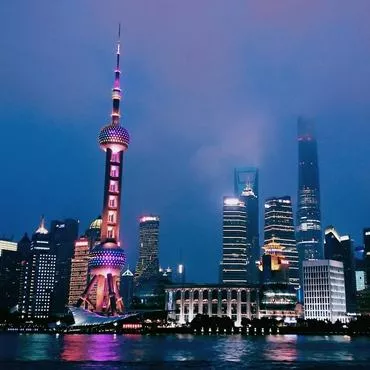

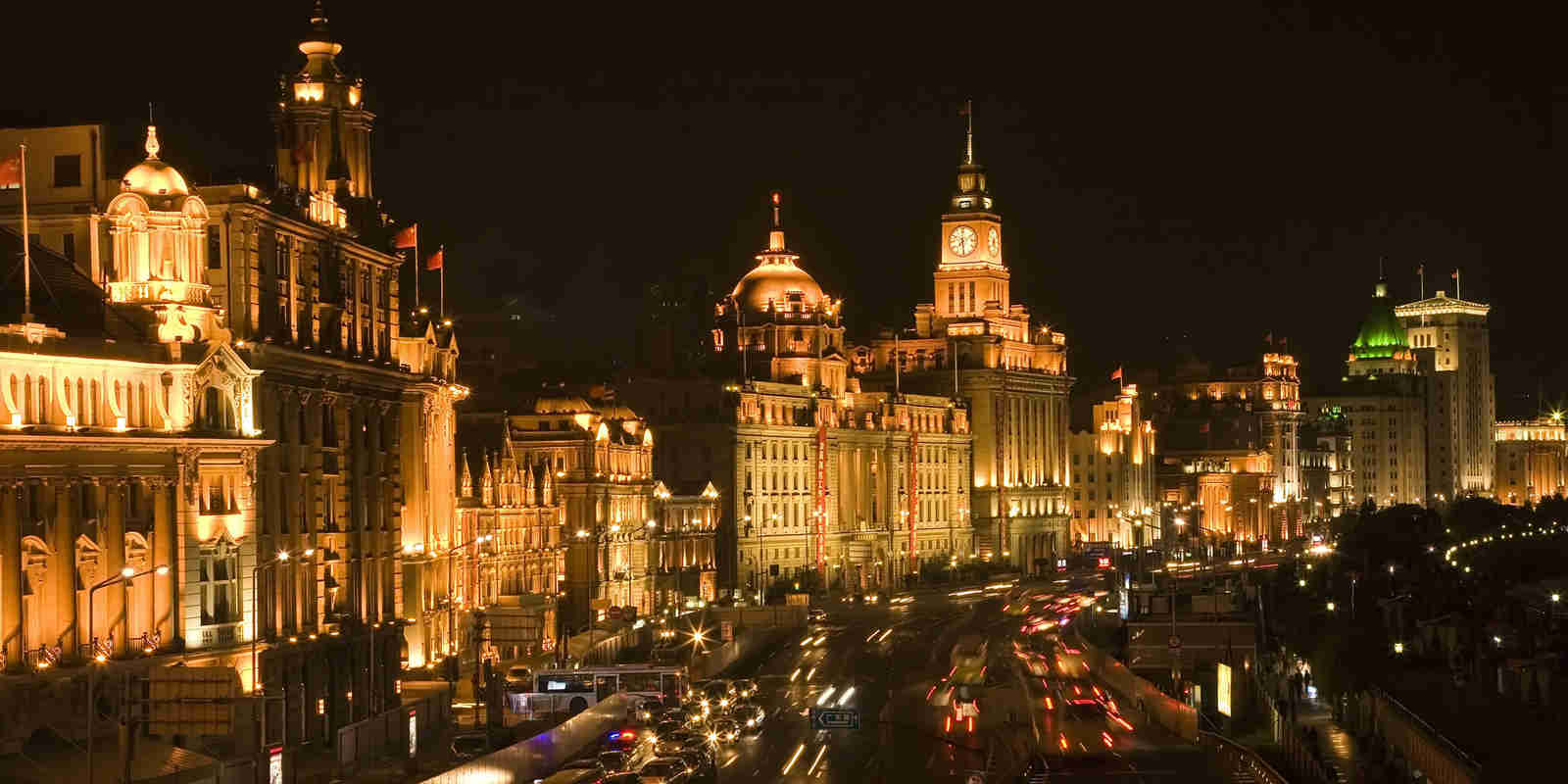
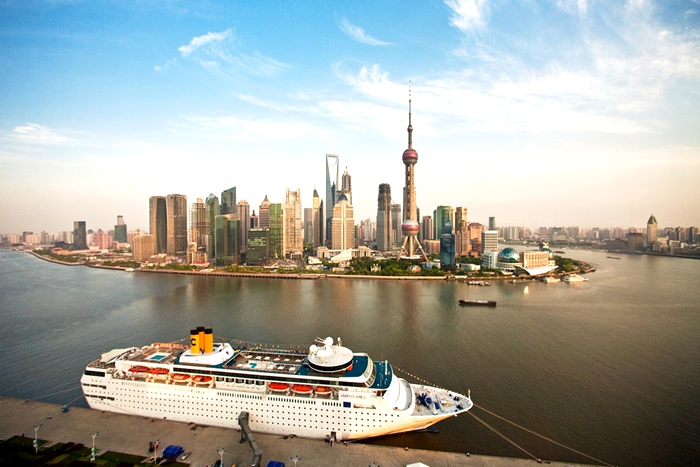

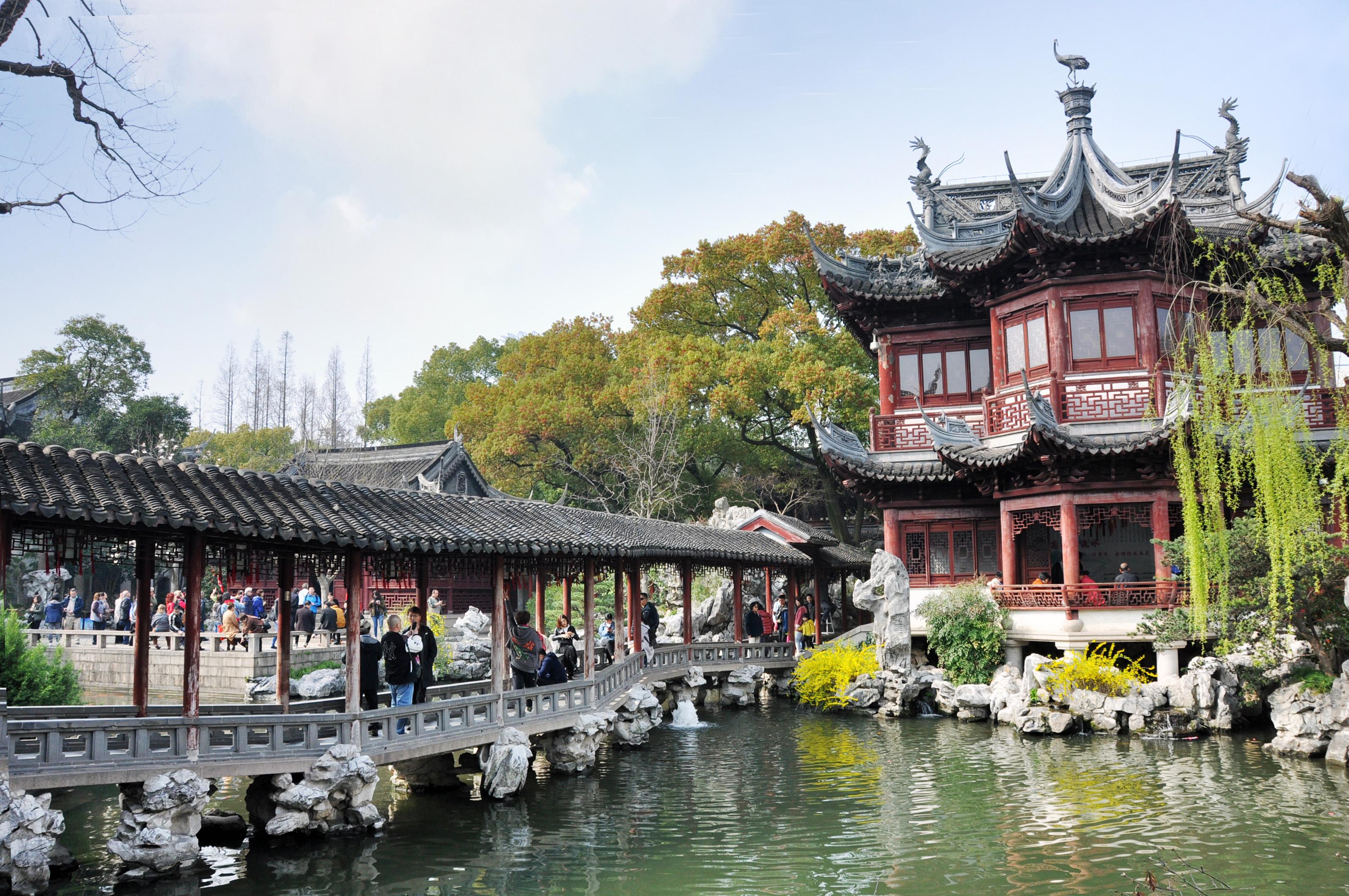

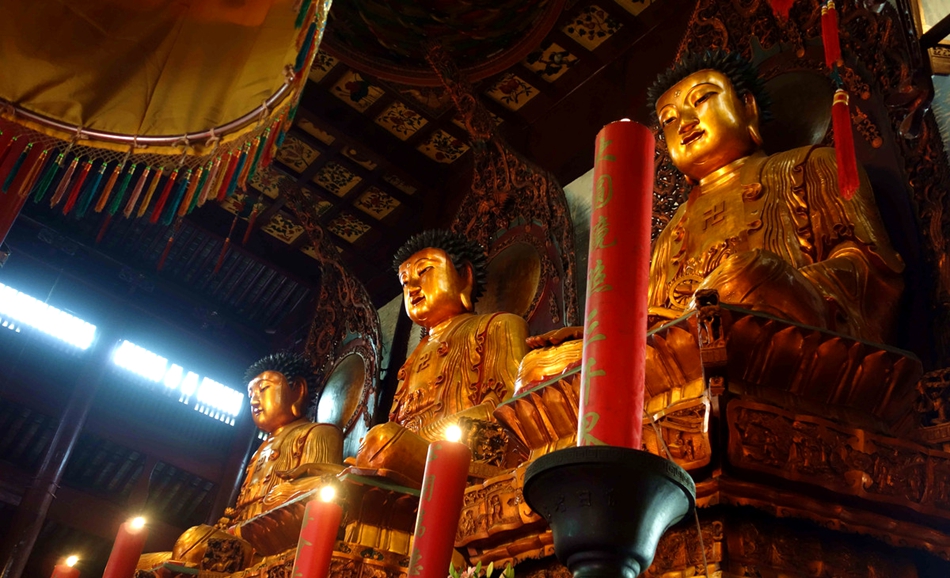
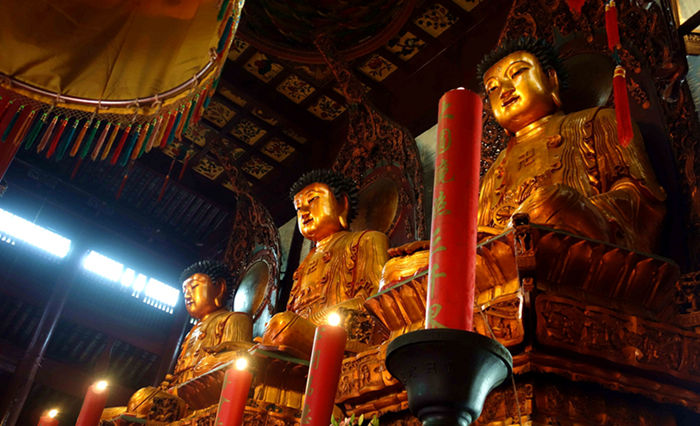
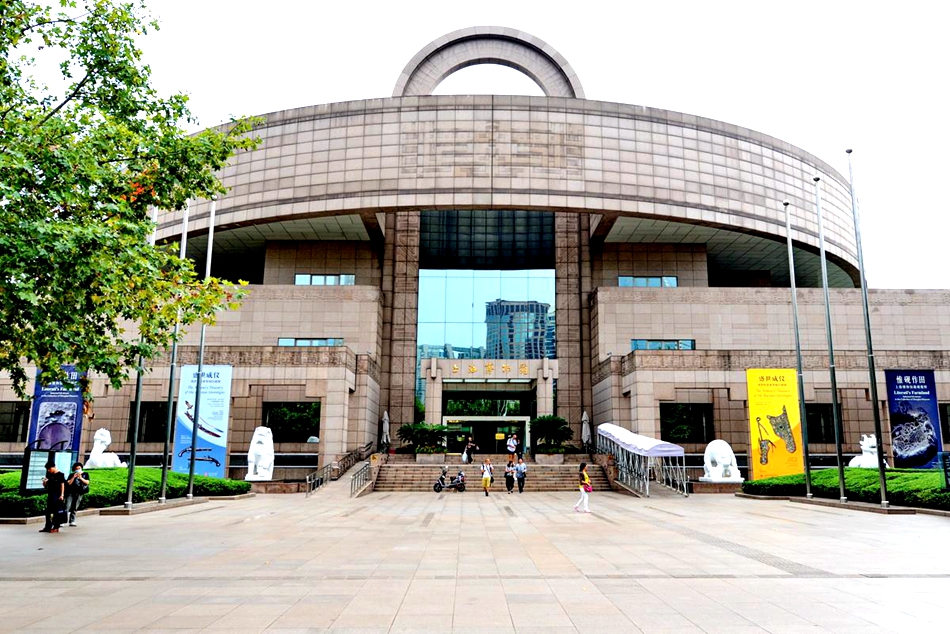
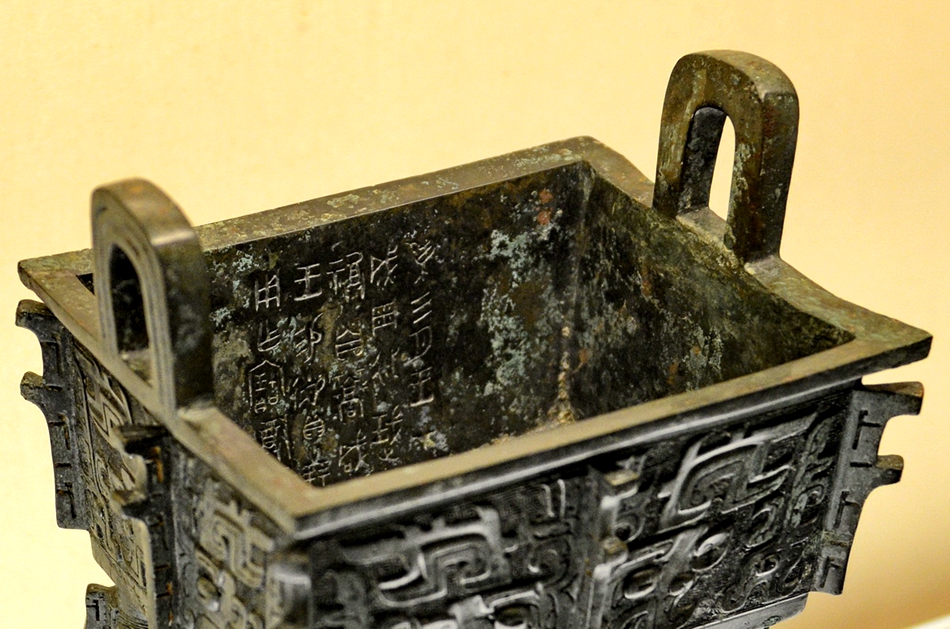
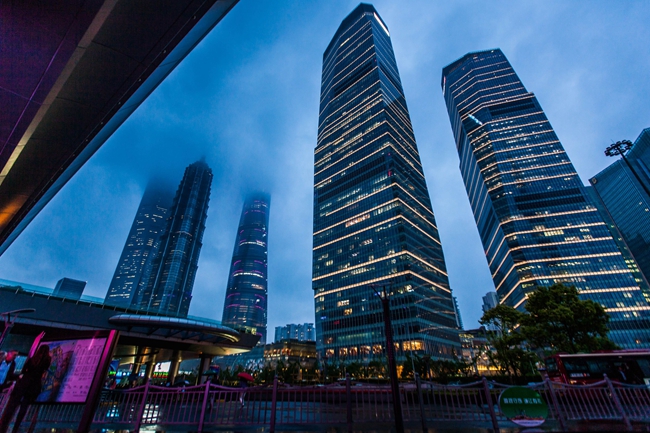
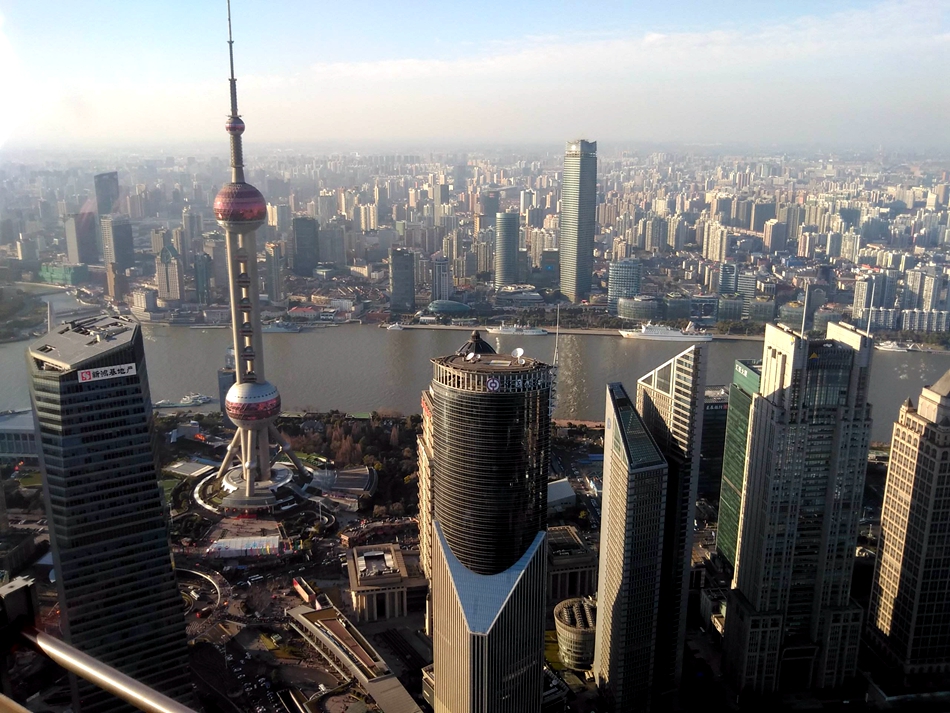
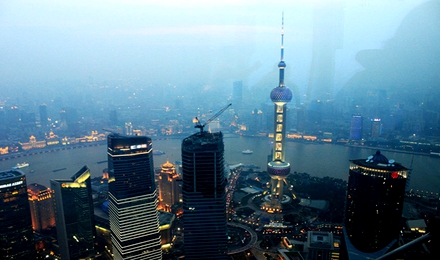
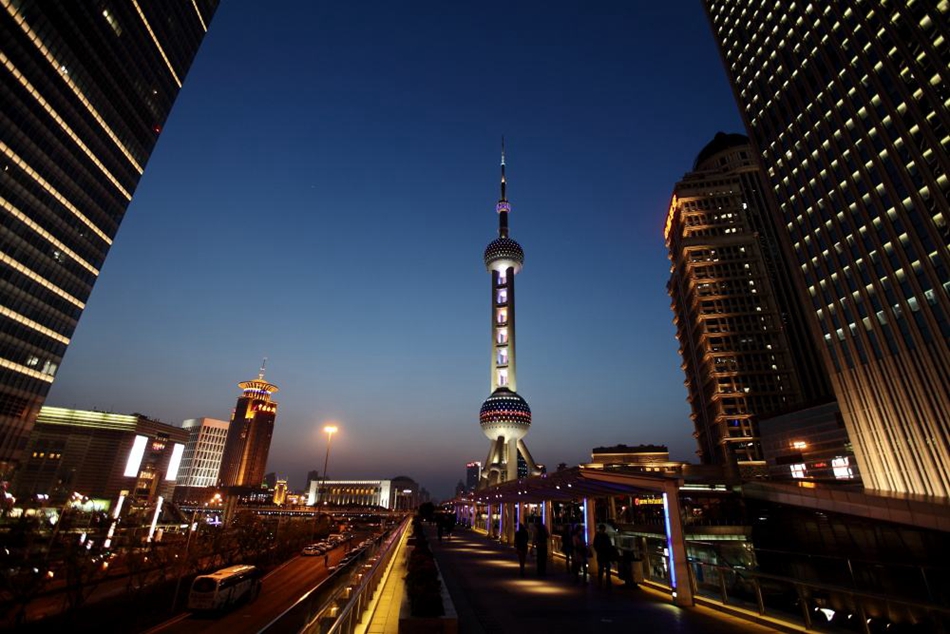
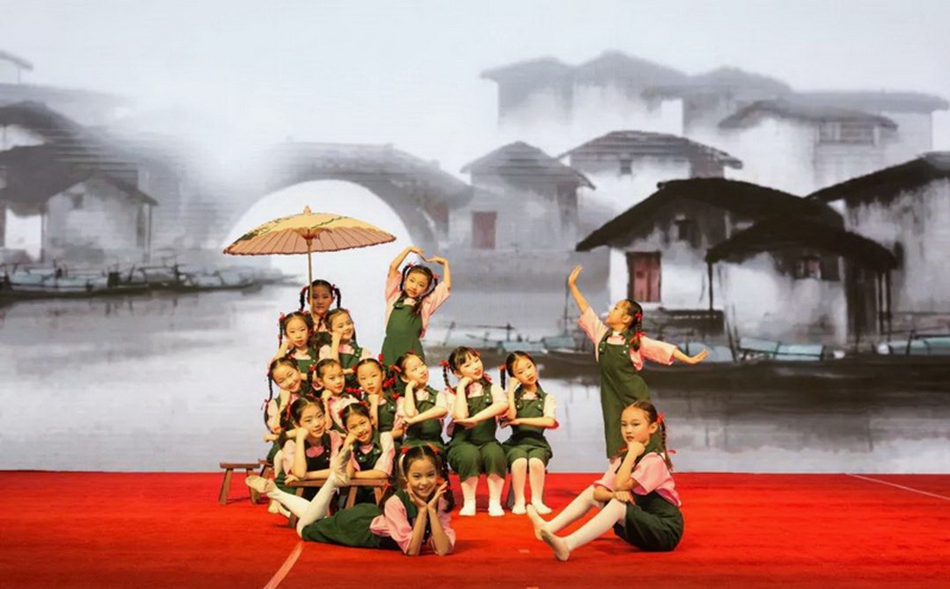
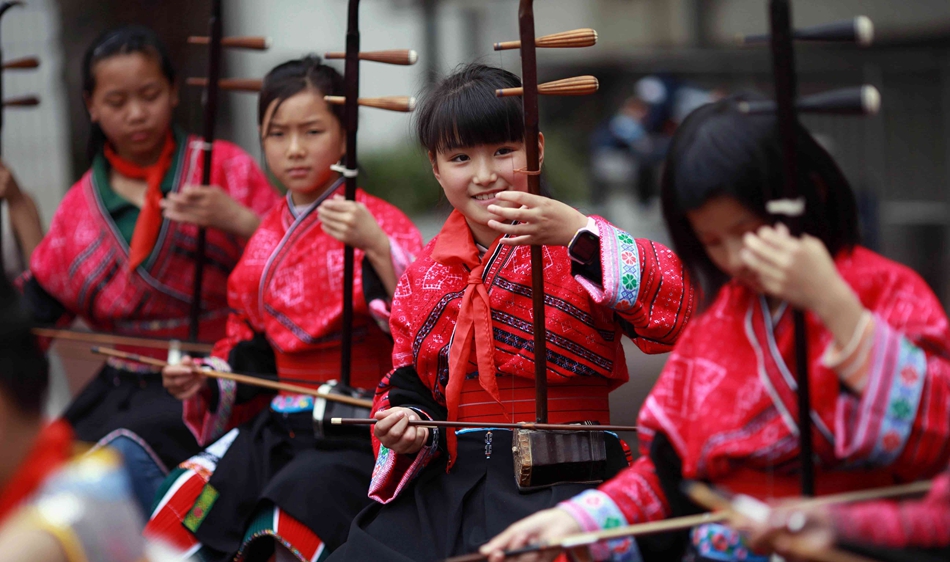

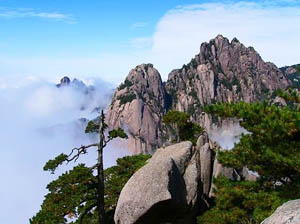
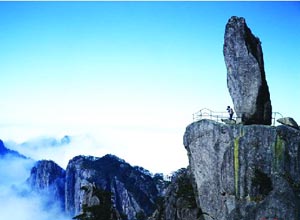

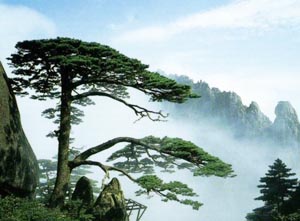
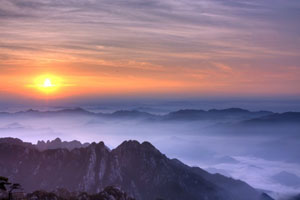

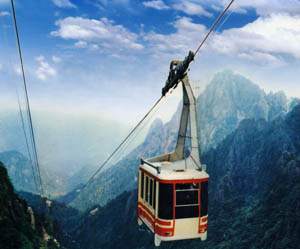
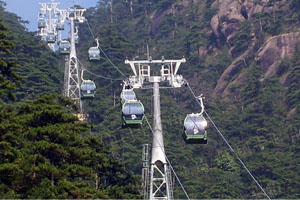
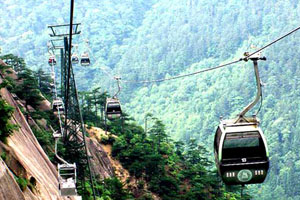
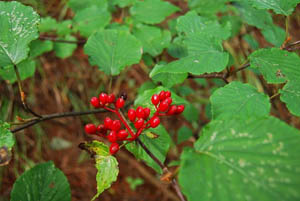
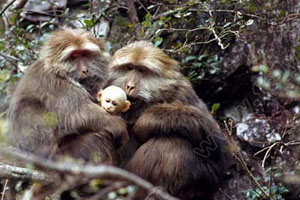
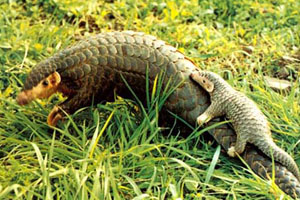
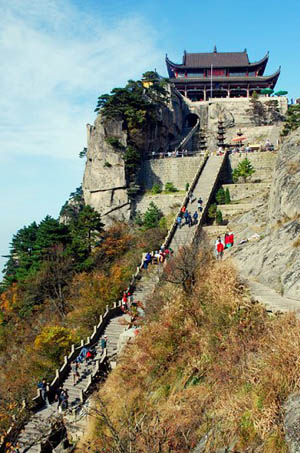
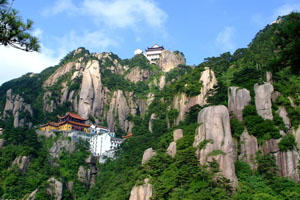
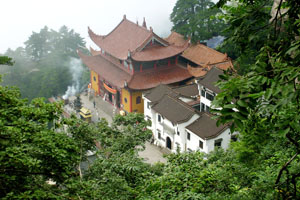
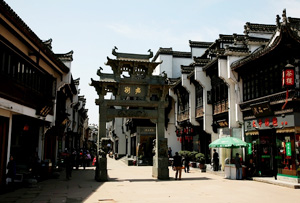
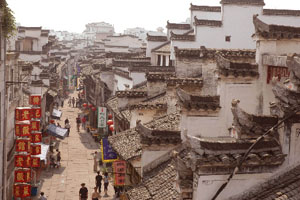
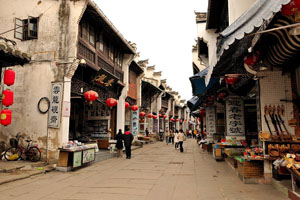
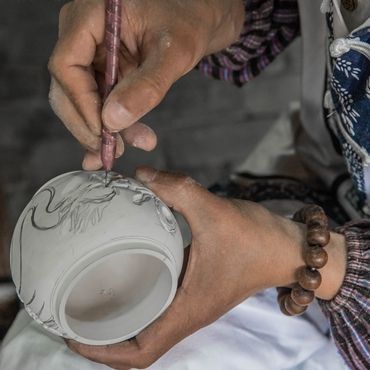
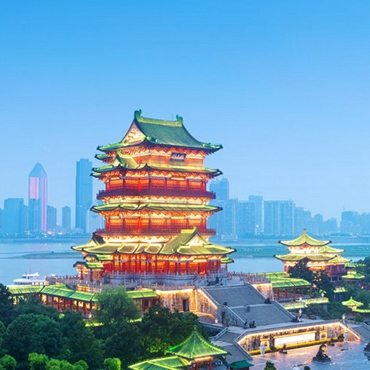
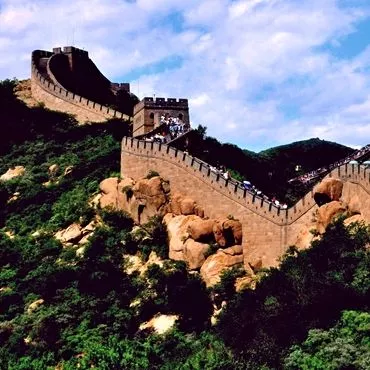
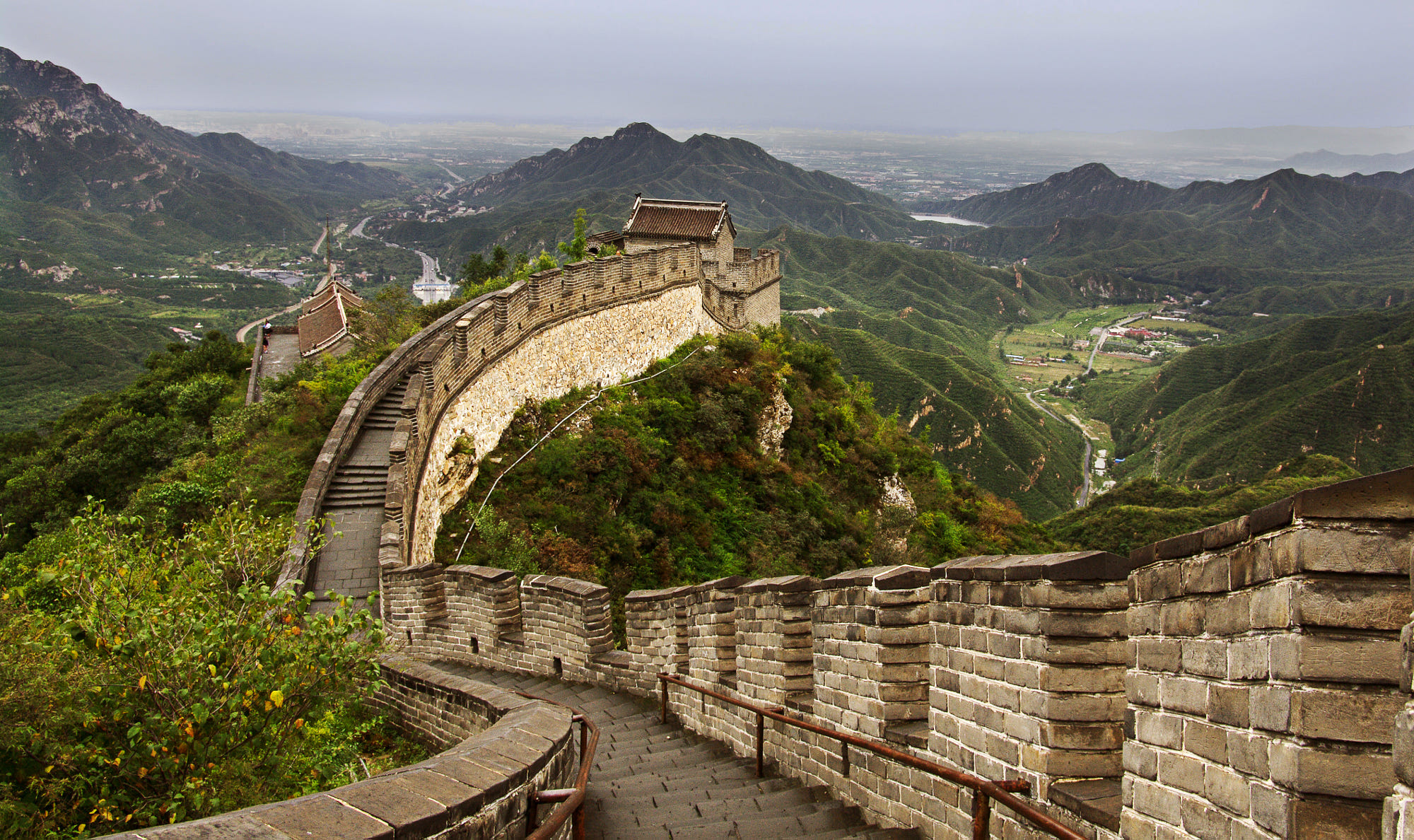
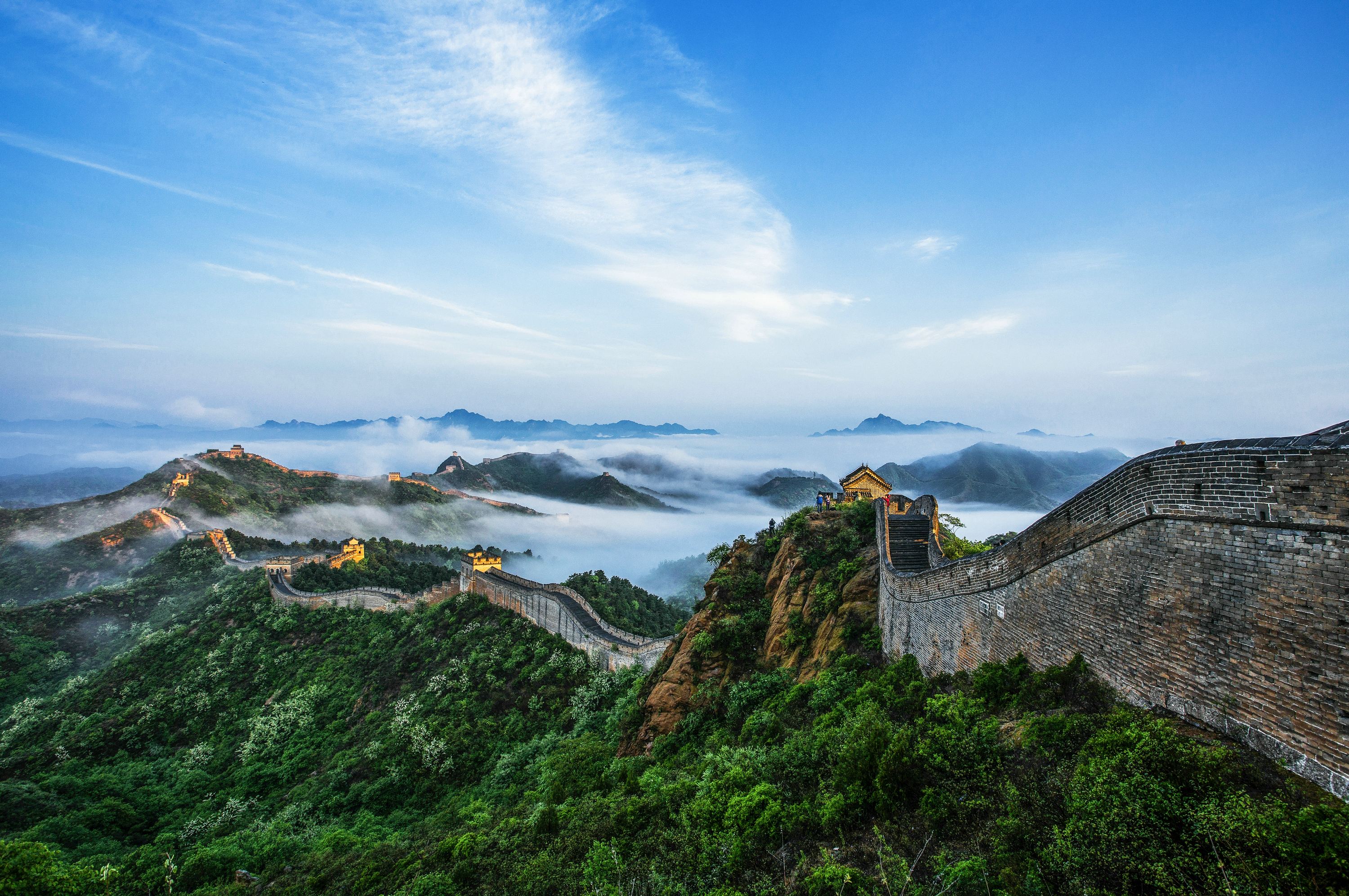
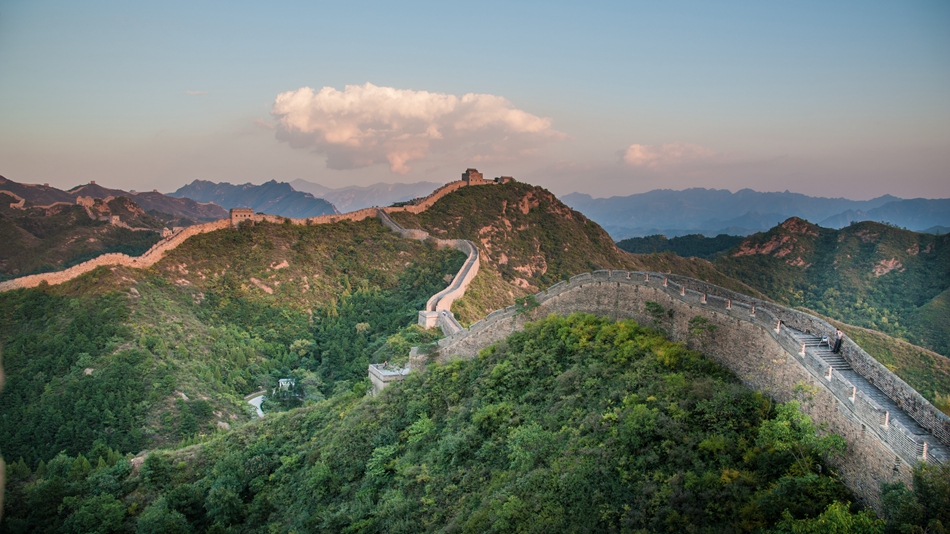
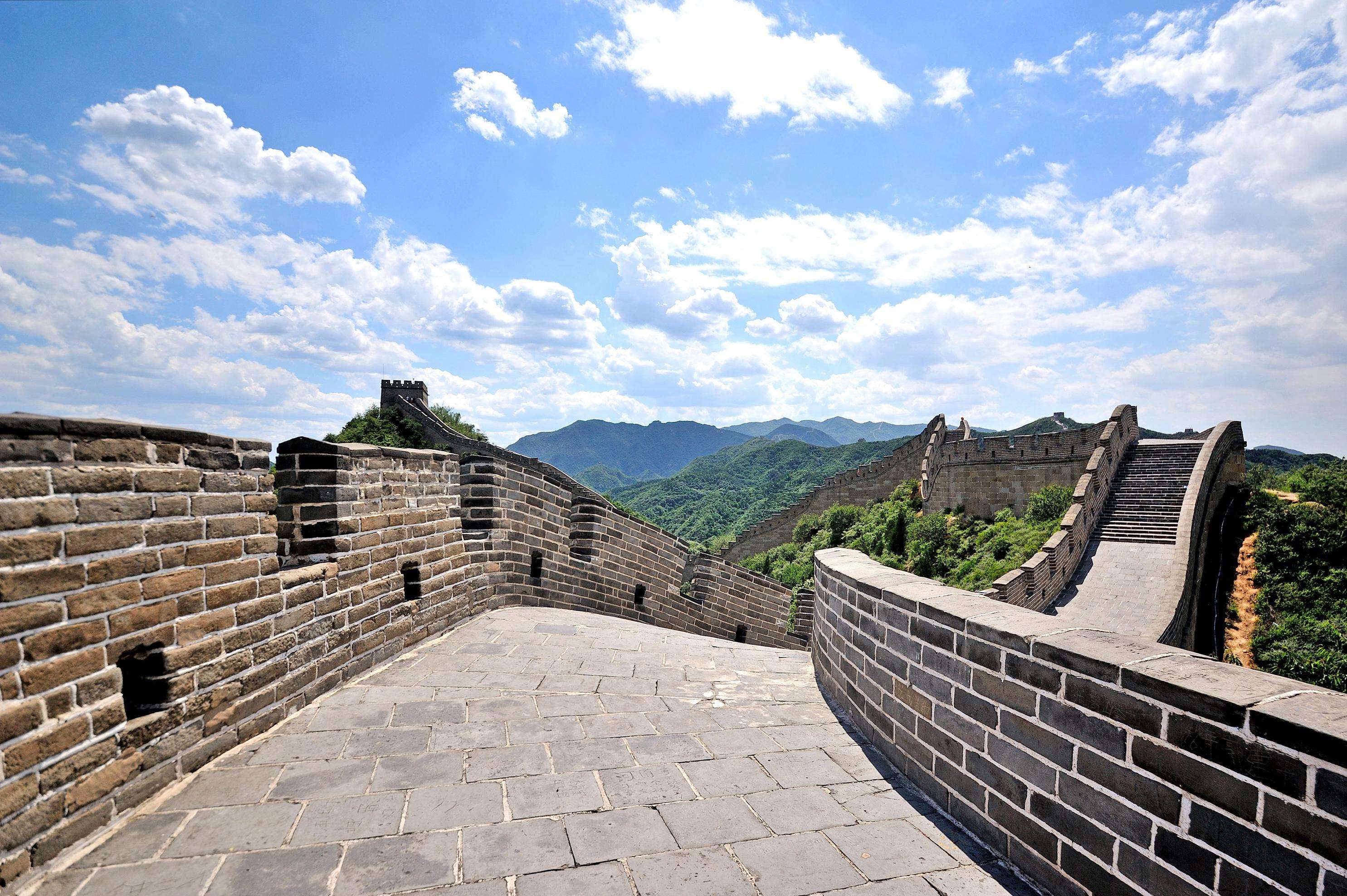
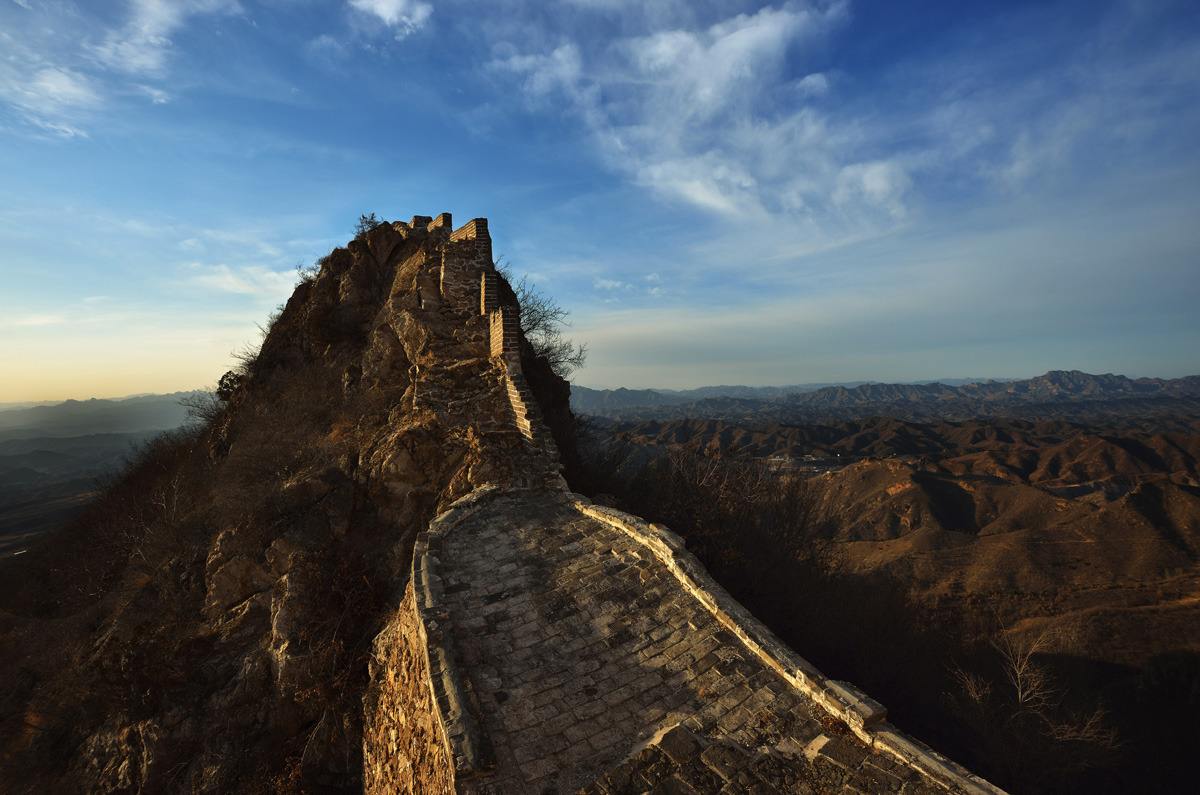

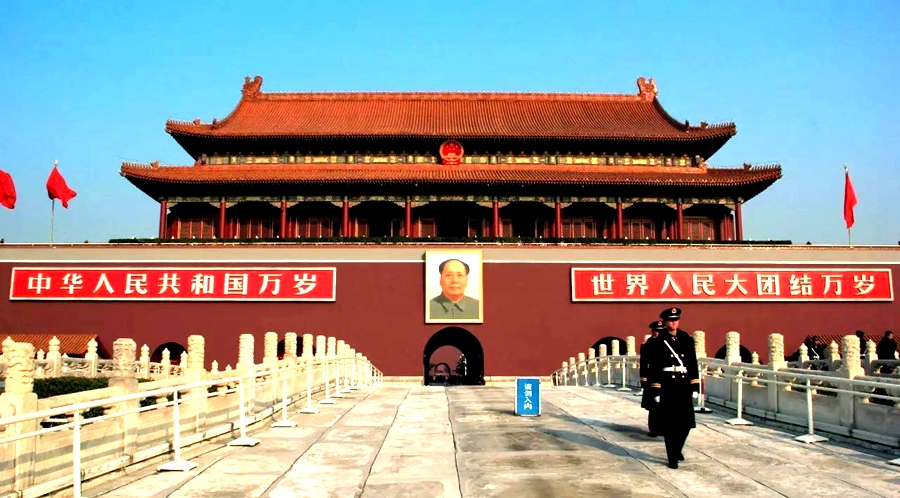
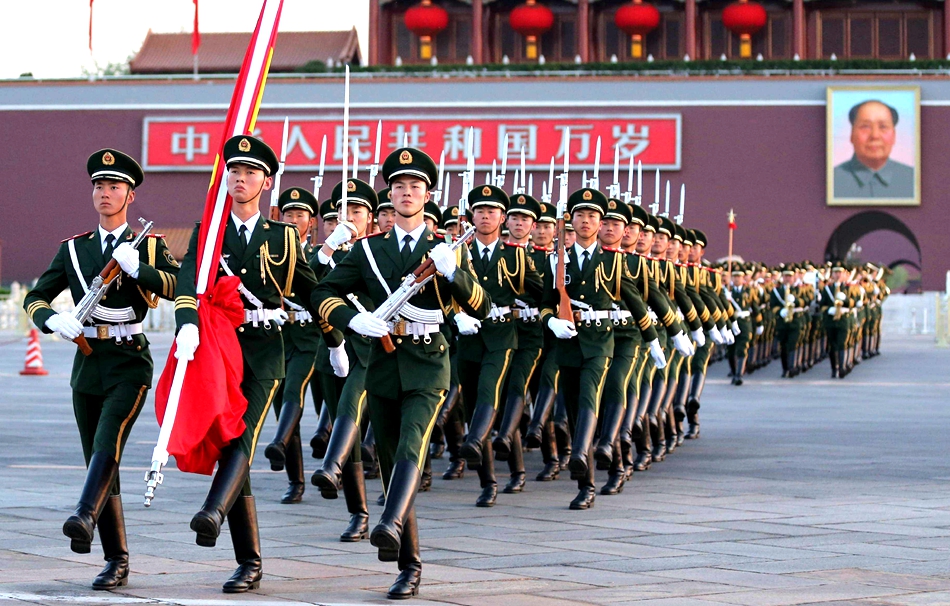
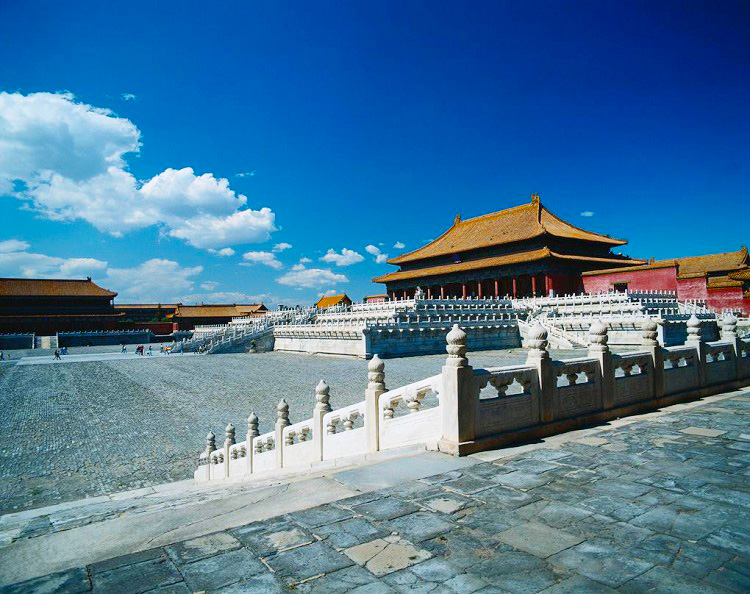
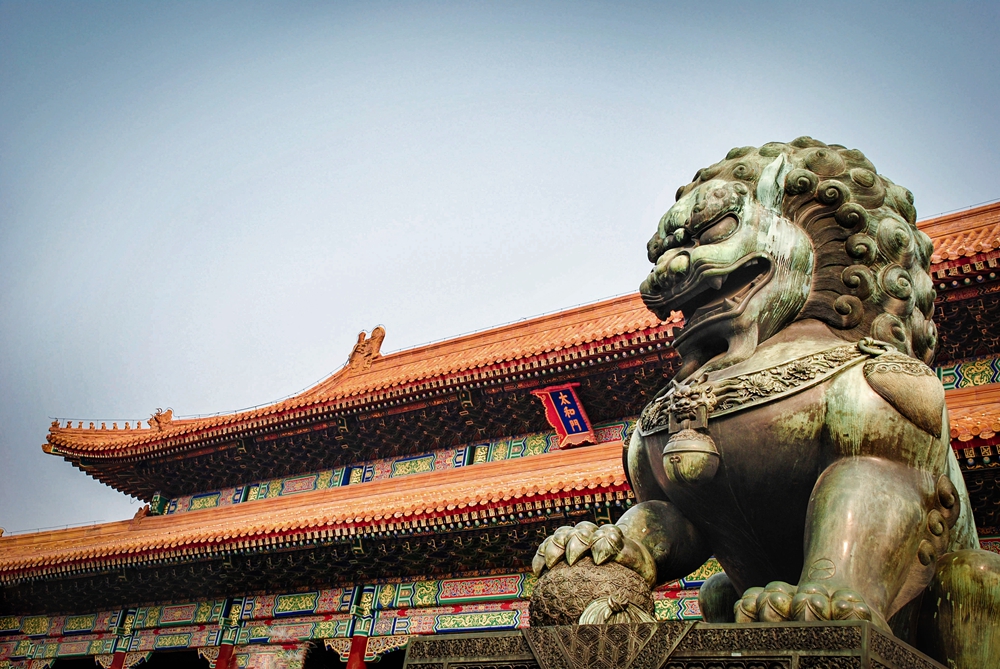 The Construction of the magnificent palace started in 1406, and ended in 1420. It took 14 years to complete the project. One year after completion, Emperor Yongle moved his capital from Nanjing to Beijing. Since then, 24 emperors have lived at the Forbidden City, 14 during the Ming Dynasty and 10 during the Qing Dynasty.
The Construction of the magnificent palace started in 1406, and ended in 1420. It took 14 years to complete the project. One year after completion, Emperor Yongle moved his capital from Nanjing to Beijing. Since then, 24 emperors have lived at the Forbidden City, 14 during the Ming Dynasty and 10 during the Qing Dynasty.